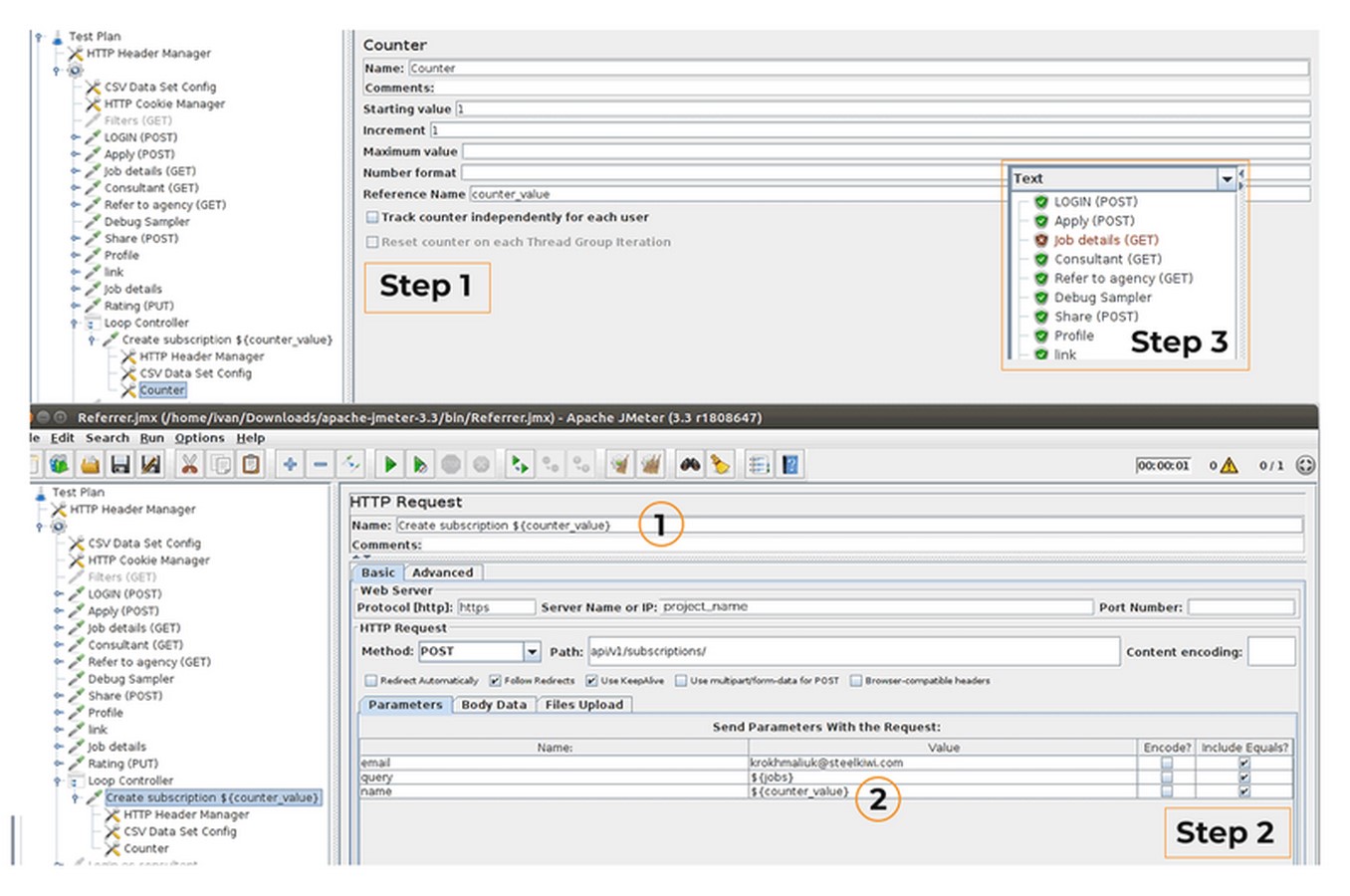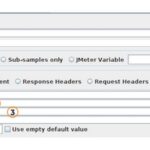Introduction to JMeter for API Testing
API testing is a crucial aspect of quality assurance, particularly for verifying the functionality of server-side components in applications. With automation becoming increasingly prevalent in testing processes, tools like Apache JMeter offer a robust solution for conducting automated API testing without the need for extensive programming knowledge. Understanding the fundamentals of client-server architecture, data transmission protocols, and data types is sufficient to create effective test scenarios in JMeter.

Advantages and Disadvantages of JMeter
Advantages:
- Swift API testing capabilities
- Rapid execution of scope tests
- Support for load and stress testing
- Generation of test data
- Open-source nature
- Abundance of plugins and extensions
- Cross-platform compatibility
- Flexibility to utilize various programming languages (e.g., Java, JavaScript, PHP)
Disadvantages:
- Consumption of significant system resources
- Limited suitability for handling a large volume of requests (exceeding 10,000)
- Constraints in presenting testing results through tables and graphics

Essential Use Cases for JMeter
1. Handling Tokens and Special Keys
Many websites incorporate special keys or tokens for authentication and authorization purposes. Utilizing Apache JMeter, testers can efficiently validate these tokens, thereby enhancing productivity and saving time. Two common methods for token extraction include:
1.1. JavaScript Scripting: Employing a small JavaScript script to extract tokens from the request response.
1.2. Regular Expression Extractor: Utilizing regular expressions to extract keys or tokens from the response.
2. Incorporating Functions and Variables
To simulate browser behavior in sending requests to the server with parameters, testers can leverage functions, variables, and browsers within JMeter. By adding parameters in JSON format within the Body Data tab of the HTTP Request, testers can ensure seamless data transmission to the server.
3. Managing Multi-part Forms
JMeter supports the handling of multi-part forms, commonly utilized in various applications such as chats and profiles. Testers can configure HTTP requests to accommodate multi-part forms by adjusting the Content-Type values in the HTTP Header Manager and providing the necessary information.

4. Verifying Request Success
The Response Assertion function within JMeter enables testers to verify the response status of the server by comparing it against expected status codes. This ensures that the server responds appropriately to requests, thereby validating the success of the API call.
5. Optimization Techniques
5.1. Counter and Loop Sampler: Testers can employ loop controllers and counters to execute multiple requests iteratively, simulating interactions between users or entities.
5.2. Random Variables: By incorporating random strings or utilizing CSV Data Set Config, testers can introduce variability in requests, enhancing the robustness of testing scenarios.
5.3. Timers: Timers and delays can be introduced to simulate real-world load conditions, providing insights into system performance under varying workloads.
Conclusion: Harnessing the Power of JMeter
Apache JMeter emerges as a powerful and versatile tool for API testing, offering a wide range of functionalities to meet diverse testing needs. With its flexibility, extensibility, and open-source nature, JMeter enables testers to customize testing processes and optimize test scenarios according to project requirements. By mastering the capabilities of JMeter and implementing best practices in API testing, QA engineers can elevate the quality of software products while streamlining testing efforts.


























